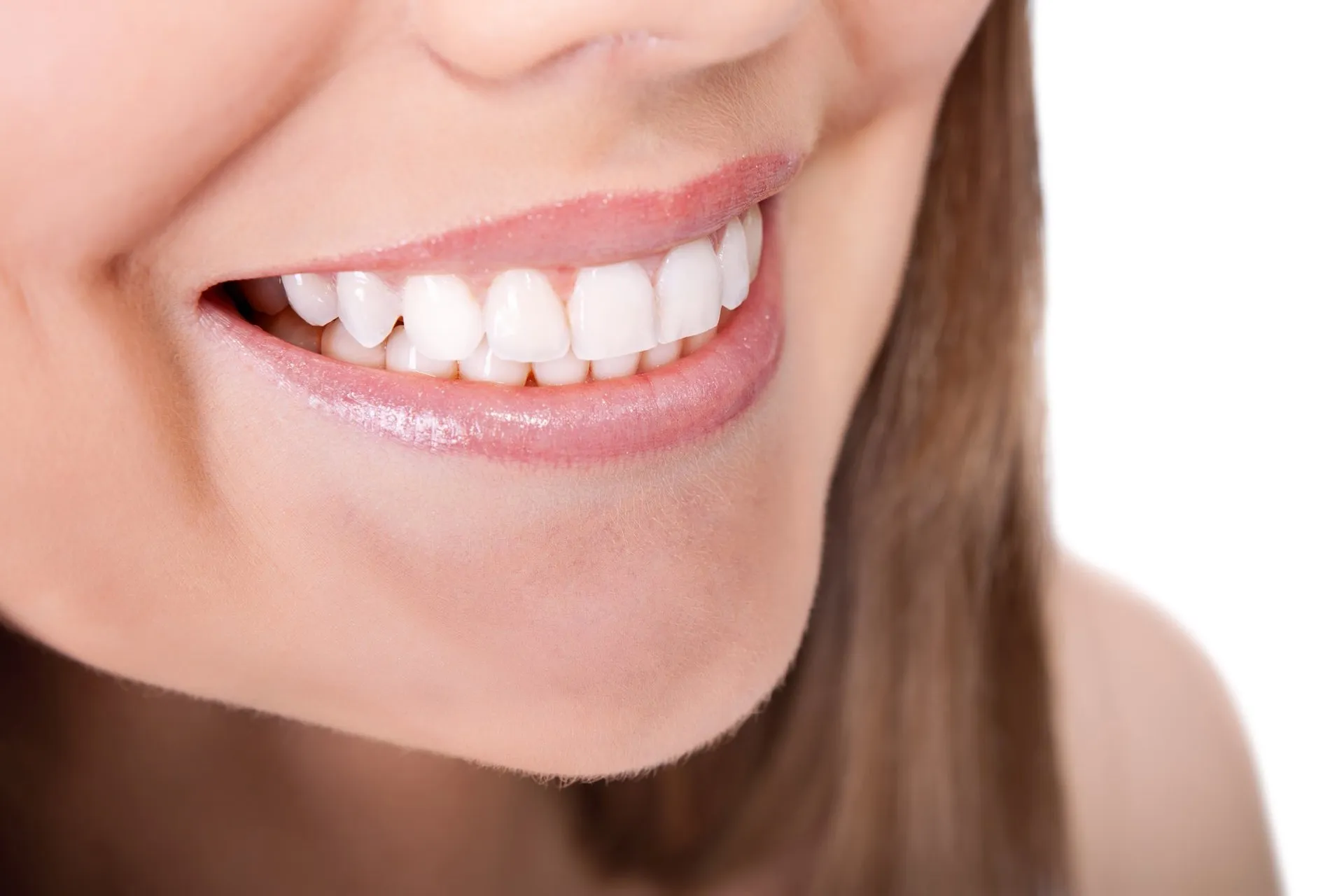Teeth whitening has come a long way over the last few thousand years. The ancient Egyptians whitened their teeth with ground pumice stone and wine vinegar 4,000 years ago. Later, the Romans decided that urine was their whitening agent of choice! It wasn’t until the 1960s that peroxide, which is used to whiten teeth today, was used to whiten teeth.
Hydrogen and carbamide peroxide, the two main components of teeth whitening, can work wonders with stained teeth. What they cannot do, however, is whiten dental bridges or in fact any other type of dental restoration. Whitening agents simply cannot penetrate these materials in the same way they can natural teeth.
If your bridge needs to be whitened, you may be out of luck. However, if you get a bridge that is whiter than your natural teeth, you may be able to solve the problem by whitening your teeth to match. Learn more about your options below.
Porcelain and Acrylic Are Non-Porous
A standard dental bridge consists of two porcelain crowns and a porcelain or acrylic false tooth. Unlike enamel, which is made of microscopic crystals, making it porous, porcelain and acrylic are both non-porous. This means that although these two materials are less prone to staining than enamel, they are also all but impossible to whiten with peroxide.
Teeth whitening works on teeth because the peroxide is able to penetrate the enamel surface to break apart the staining agents that have worked their way into the tooth. Because of this, dentists generally recommend that their patients whiten their teeth before their new dental bridge is created. The dentist can then ensure that the bridge matches the whitened teeth.
If you already have a dental bridge but wish to whiten your teeth, then there are alternatives available to you.
Your Dentist Could Gradually Whiten Your Teeth
It is possible to whiten teeth slowly or in small increments until the desired shade has been achieved. If your bridge teeth are whiter than your natural teeth, for instance, this may be a solution that could work for you. Your natural teeth will stain again in future, however, so this process may need to be repeated.
Bear in mind too that there is no guarantee that your teeth can be whitened to a shade that matches that of your bridge. If this doesn’t work, then you might be better off replacing your bridge.
You May Need to Replace Your Bridge
What most dentists generally recommend is that patients whiten their teeth and then have a new bridge made. That way the two crowns and the abutment tooth can be made to match the shade of the newly whitened teeth.
While this may be expensive, it does make future whitening treatments—with the same dentist—more predictable in regards to matching the shade of your teeth with that of your bridge. In future, you and your family dentist will be able to achieve similar whitening results.
You Could Opt for Veneers Instead
If you want your teeth and your dental bridge to match, you could cover all of your teeth with veneers, giving you a uniform smile. This is probably the least popular alternative with dentists as it involves bonding porcelain to porcelain, which can create a weak bond if not done correctly. However, if carried out with precision, the bond between a porcelain veneer and a porcelain crown can actually be quite strong.
If you are considering this option, you should consider the cost involved. A new bridge for instance, will cost roughly the same as three porcelain veneers. Therefore, you should first consider whether it might simply be better to whiten your teeth and have a new dental bridge made instead, especially if your bridge is already a few years old.
If your teeth are stained and in need of whitening but you already have a dental bridge in place, seek out an experienced and reputable dentist near you. Together, you can work out a treatment plan that suits your specific needs.




